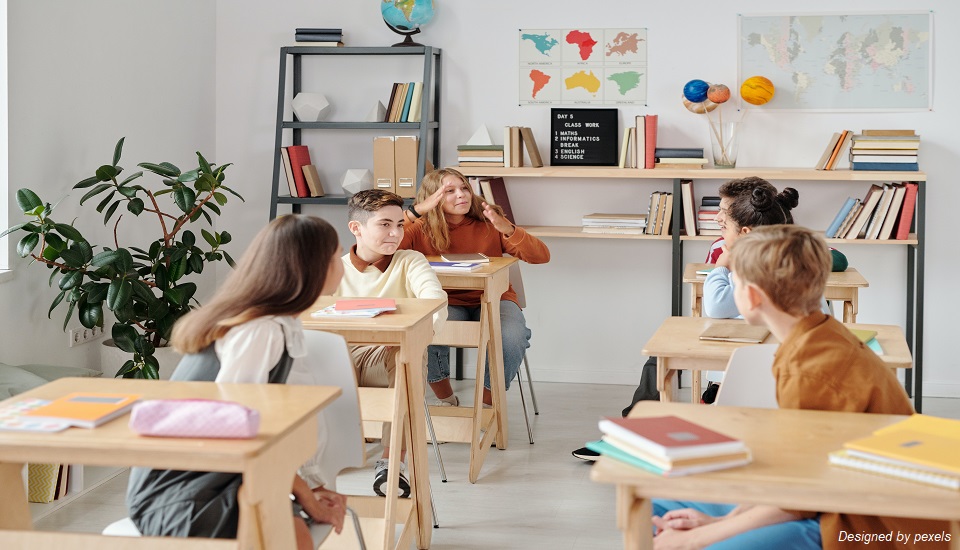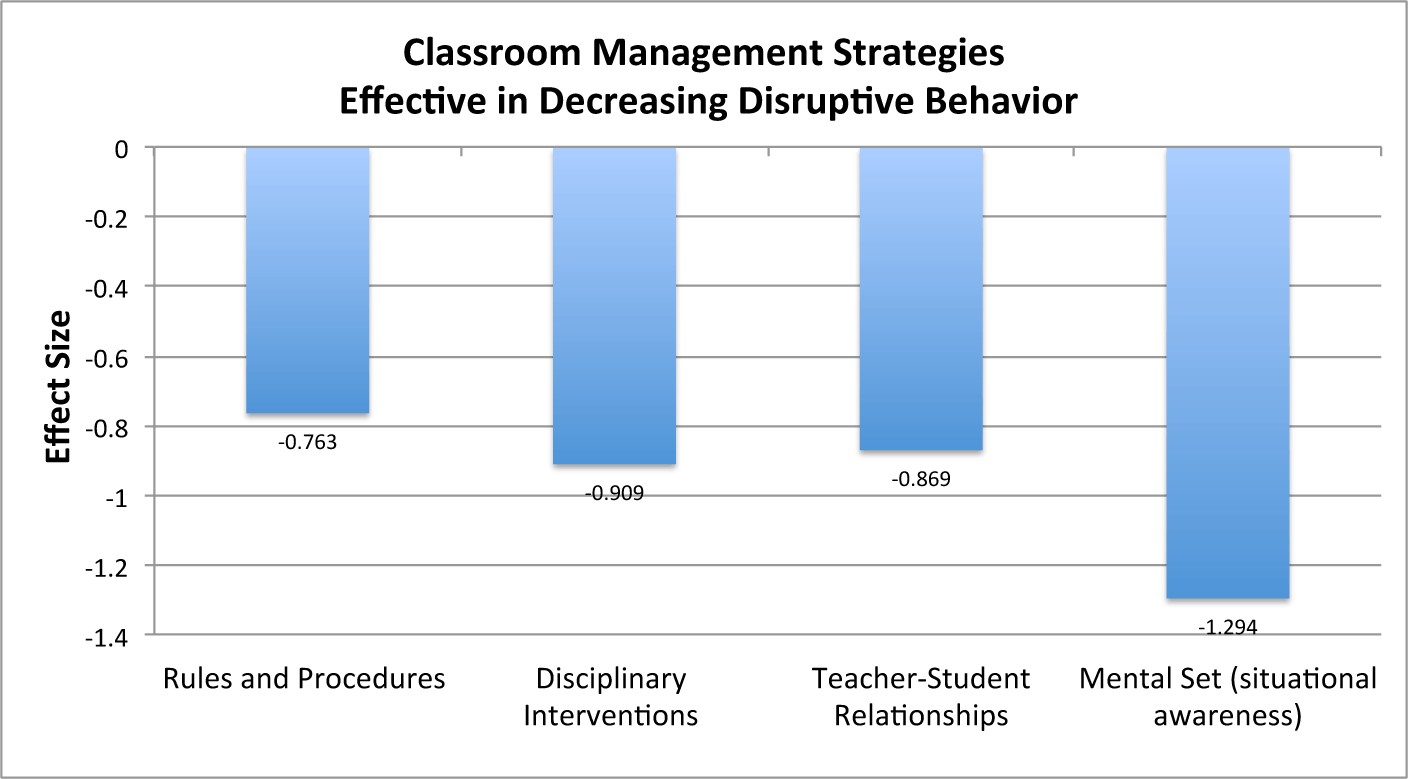Non-Verbal Teacher-Student Discipline Strategies For Restoring Quiet in the Classroom
19th July 2023

Creating a conducive learning environment requires effective classroom management, especially when it comes to discipline. While verbal communication plays a crucial role, nonverbal strategies can be equally powerful in helping teachers establish order and quiet down a noisy classroom. Read on to explore a range of non-verbal teacher-student discipline strategies that can effectively restore calm and focus within the classroom setting.
10 Nonverbal Strategies To Maintain Quiet In Your Classroom

If you have tried everything but still failed to keep your students quiet and focused, here are some strategies that might help:
- Proximity And Eye Contact
One of the most fundamental non-verbal techniques is proximity. Moving closer to a disruptive student and establishing eye contact can communicate a clear message without uttering a word. This approach conveys a sense of attentiveness and can often redirect the student's attention back to the task at hand.
- Gestures And Signals
Incorporating non-verbal cues, such as hand gestures or signals, can quickly convey instructions or expectations. Simple gestures like raising a hand to indicate silence or using a thumb-up gesture to acknowledge good behavior can provide clear and concise messages, allowing teachers to manage their classrooms more efficiently.
- Facial Expressions
Facial expressions are powerful non-verbal tools for teachers to express emotions and establish control. Utilizing a stern look or a raised eyebrow can convey disapproval or indicate the need for quiet, compelling students to reflect on their behavior and adjust accordingly.
Hey, do you follow us on Social Media? We regularly share upgradded educational content, tips, feedback and more. Check us out by clicking the profiles here - Facebook / Twitter / LinkedIn / Pinterest / Instagram / YouTube
- Body Language
Teachers can leverage their body language to communicate authority and assertiveness. Standing tall, with a confident posture, sends a non-verbal message that demands attention. Additionally, purposeful movements can emphasize important points or signal transitions, facilitating a smooth flow of activities and minimizing disruptions.
- Use Of Props
Incorporating visual aids or props can help maintain focus and grab students' attention. Items such as a small bell, a traffic light model, or a visual cue card can serve as reminders for students to be quiet or follow specific classroom rules. The visual presence of these props reinforces the expectations and provides a non-verbal reminder of appropriate behavior.
- Time Management Strategies
Structured time management strategies can contribute to a quieter classroom environment. Creating a visible schedule or using a timer to allocate time for various activities can help students understand the expectations and manage their time more effectively. By adhering to a structured routine, students are less likely to engage in disruptive behavior.
- Proactive Classroom Design
Thoughtful classroom design can support non-verbal discipline strategies. Organizing the physical space to minimize distractions and arranging seating in a way that allows for easy monitoring can help teachers maintain control without constant verbal intervention. Utilizing clear signage and designated areas for specific activities can also guide students toward appropriate behavior without the need for constant verbal reminders.
- Reinforcement Through Non-Verbal Rewards
Non-verbal rewards can serve as powerful motivators for students to exhibit positive behavior. A simple smile, a thumbs-up, or a sticker can act as an acknowledgment of good conduct. This positive reinforcement encourages students to continue demonstrating appropriate behavior, contributing to a quieter classroom environment.
- Non-Verbal Reflection Strategies
Implementing non-verbal reflection strategies can promote self-regulation and allow students to internalize their behavior. For example, allocating a designated area where students can take a brief break or providing reflection cards can allow students to pause, evaluate their actions, and self-correct.
- Consistency and Modeling
Consistency is key in implementing non-verbal discipline strategies. When teachers consistently use non-verbal cues, gestures, and expressions, students become familiar with these signals and understand their meaning. Additionally, modeling expected behavior through the teacher's own non-verbal communication can set an example for students to follow.
Your Body Language Speaks Volumes
While verbal communication is crucial in classroom management, non-verbal strategies provide powerful tools for teachers to effectively discipline and restore quiet in a classroom. You do not always have to scream and shout at your students to foster discipline, but you can develop intimidating body language that will make them obey. If you are struggling to maintain discipline in your classroom, try pursuing a Certificate in Classroom Management and learn to incorporate these non-verbal techniques, to establish order, maintain focus, and promote positive behavior.
Find the right course for you and try out the course. Call us at 1800–212–6400. You can also mail us at act@asiancollegeofteachers.com
